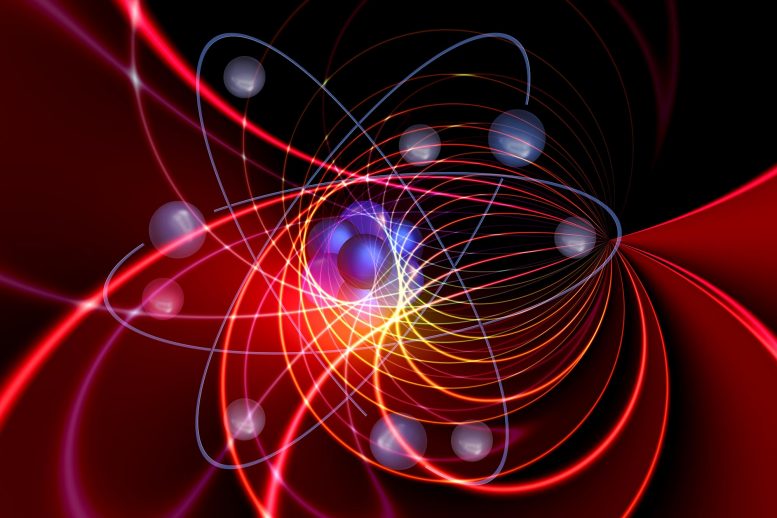
Isospin mixing is a concept in nuclear physics that refers to the symmetry in atomic nuclei induced by the nearly identical properties between protons and neutrons.
Researchers from the Chinese Academy of Sciences’ Institute of Modern Physics and their collaborators have identified the most significant isospin mixing observed in beta-decay experiments, directly challenging our current understanding of the nuclear force. The findings were featured as an Editors’ Suggestion in the journal Physical Review Letters.
In 1932, Werner Heisenberg, a Nobel Prize laureate, introduced the idea of isospin to explain the symmetry in atomic nuclei resulting from the similar properties of protons and neutrons. Isospin symmetry is still widely accepted today.
However, isospin symmetry is not strictly conserved due to proton-neutron mass difference, Coulomb interaction, and charge-dependent aspects of nuclear force. Such asymmetry leads to fragmentation of the allowed Fermi transition to many states via strong isospin mixing, instead of being constrained to one state in β decay.
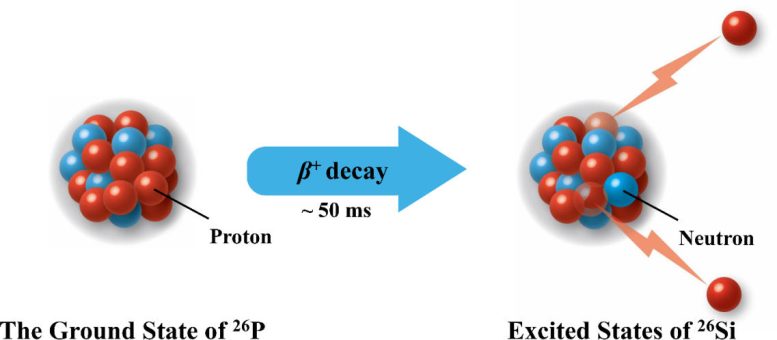
β-delayed two-proton decay of phosphorus-26. Credit: Jian Hao
Probing isospin mixing has gained considerable traction in scientific discovery. β decay of proton-rich nuclei plays an essential role in exploring isospin mixing. Until now, isospin mixing was observed only in several β-decay experiments and the isospin mixing matrix elements were smaller than 50 keV, which could be described by nuclear models very well.
The scientists at IMP and their collaborators provided new data on isospin mixing. They conducted a β-decay experiment on the exotic nucleus phosphorus-26 at the Radioactive Ion Beam Line in Lanzhou, which is housed at the Heave Ion Research Facility of Lanzhou.
Through high-precision nuclear spectroscopy of β-delayed two-proton emission, the scientists clearly identified the isobaric analog state (IAS) at 13055 keV and two new high-lying states at 13380 keV and 11912 keV in silicon-26. They measured angular correlations of two protons emitted from silicon-26 excited states, suggesting that the two protons are emitted mainly sequentially.
Surprisingly, the scientists observed a strongly isospin-mixed doublet, the IAS and 13380-keV state in silicon-26. The large isospin mixing matrix element 130(21) keV between the two states was determined, representing the strongest mixing ever observed in β-decay experiments.
The unexpected experimental result cannot be explained very well by nuclear models. “The abnormally strong isospin mixing in this work, which may have to do with the weakly bound (or continuum) effect or nuclear deformation, presents a direct challenge to our understanding of nuclear force,” said Professor Xu Xinxing from IMP, corresponding author of this study.
Reference: “Observation of a Strongly Isospin-Mixed Doublet in 26Si via β-Delayed Two-Proton Decay of 26P” by J. J. Liu et al. (RIBLL Collaboration), 8 December 2022, Physical Review Letters.
DOI: 10.1103/PhysRevLett.129.242502

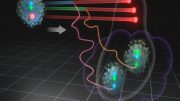
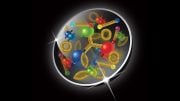
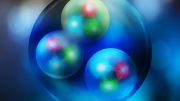
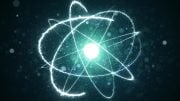
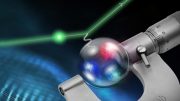
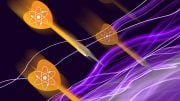
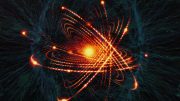

The interactions and balances of topological vortex fields cover all short-distance and long-distance contributions, and are the basis of the formation and evolution of cosmic matter. Symmetry is mainly expressed between topological vortex and anti-vortex, rather than between the high-dimensional space-time matter formed by their interaction.
“Such asymmetry leads to fragmentation of the allowed Fermi transition to many states via strong isospin mixing, instead of being constrained to one state in β decay”
Only the person who wrote that paper actually understands what it means. Everyone else just copies it as written and pretends. Math does not translate to English well sometimes.